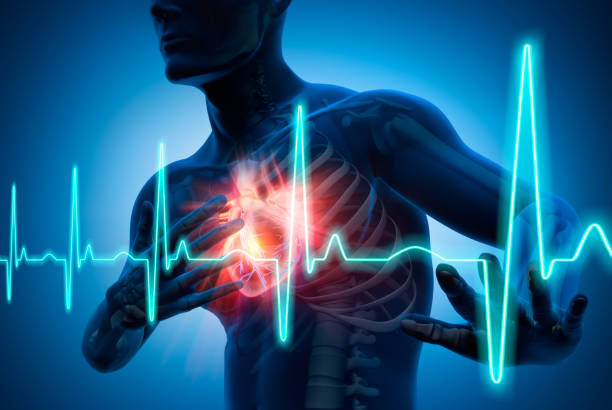Health is life’s most significant wealth; without it, there is no abundance. This New Year’s Eve offers an opportunity to reflect on the impact of our old health practices yet inspires us to focus on improvements. Evidence indicates that last year’s most challenging persistent global health issue is trending into this new year. Cardiometabolic Syndrome, a cluster of conditions such as abdominal obesity, (insulin-resistant glucose metabolism) diabetes, (dyslipidemia) heart attack, stroke, high blood pressure, and non-alcoholic fatty liver disease, is obsessing year after year. The National Institute of Health estimates that 35% of adults and 50% of the aging population (60 and older) in America are diagnosed with Cardiometabolic Syndrome.
Research does not indicate the direct cause of cardiometabolic syndrome. However, evidence-based research suggests that multi-organ insulin resistance is a common feature of cardiometabolic syndrome. Research shows that Insulin resistance is a risk factor that is the root cause of type 2 diabetes, high blood pressure, dyslipidemia, and fatty liver. Thus, insulin resistance is the common denominator in each Cardiometabolic Syndrome disease modality. As such, controlling or preventing insulin resistance is a primary focus in the future into the new year. An ongoing moto, you are what you eat; what you eat becomes you.
What exactly is insulin resistance? Insulin resistance is an impaired body response to insulin, resulting in elevated glucose levels in the blood. Usually, upon eating carbohydrates, the body breaks them down to sugars (glucose) for entry into various cells for energy. However, facilitating entry requires releasing the hormone insulin stored in the pancreas. Once the cells are open and accept the glucose, the blood levels drop to a normal range, and insulin is no longer released. However, Insulin resistance occurs when the cells do not respond to insulin, the cells do not open, blood glucose levels cannot enter, glucose levels become increasingly high in the bloodstream, and the pancreas keeps responding to the high levels by constantly ( producing more insulin), over some time the pancreas gives out producing less and less insulin, blood sugars remain high resulting in Type 2 diabetes. Thus, it defines “Insulin Resistance, the common denominator in Cardiometabolic Syndrome. Elevated blood glucose causes a series of metabolic storms within the human body.
In conclusion, an elevated blood glucose level indicates insulin resistance, the most potent risk factor leading to Cardiometabolic Syndrome. Identifying blood glucose levels requires a lab test known as Hemoglobin A1c, routinely ordered by Primary Care Physicians. A1c levels in the range of 5.7-6.4 indicate prediabetes, a direct sign of the initiation of insulin resistance, whereas a level of 6.4-7.0 is a diagnosis of Type 2 Diabetes, total insulin resistance requiring various forms of medication to control. Are you at risk, or are you one of the 35-50% of Americans going into 2024 with Cardiometabolic Syndrome? With the use of advanced medical technology and proper nutrition, it can be either controlled or prevented. Never forget that you are what you eat. This year, I will focus on more evidence-based nutritional research focusing on prevention (for those not diagnosed) and treatment (for those currently diagnosed) for cardiometabolic syndrome.
Remember, “Every new (2024) Beginning comes from some other (2023) beginning’s end”. Happy New Year! Celebrating Healthy New Beginnings!
Joyce W. Hudson, MS, RDN, CDCES


Great Article Thank you